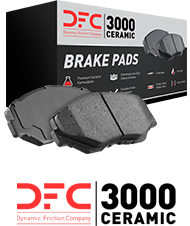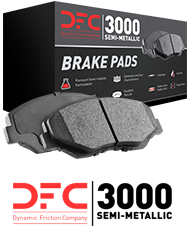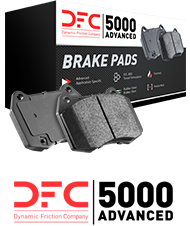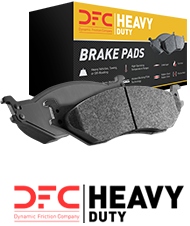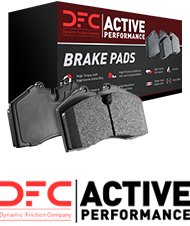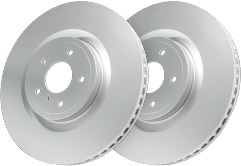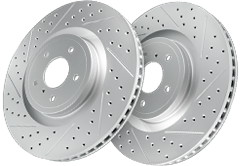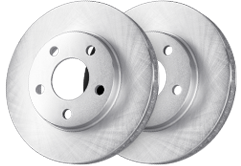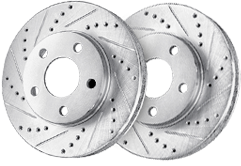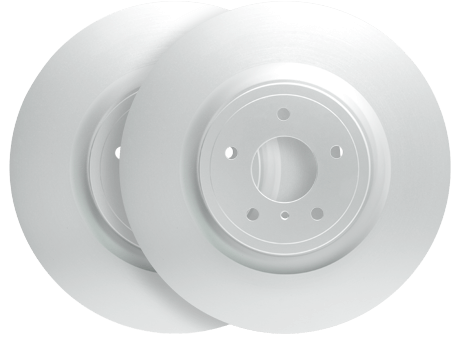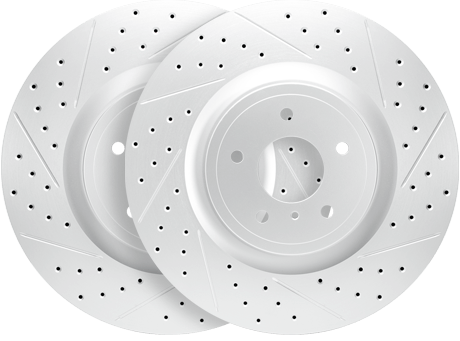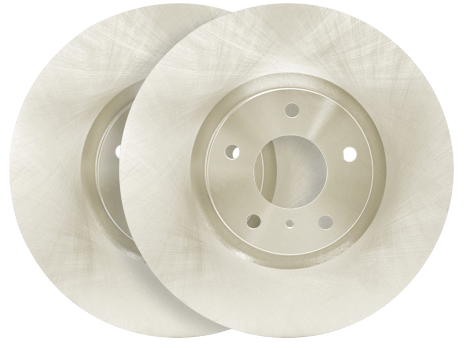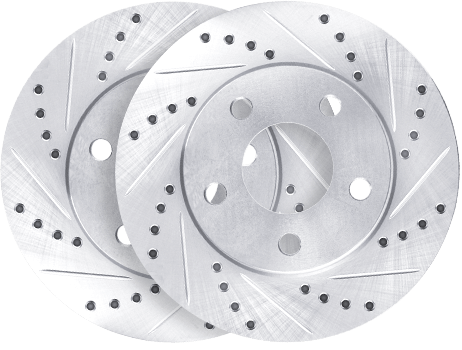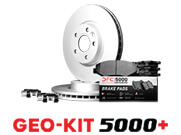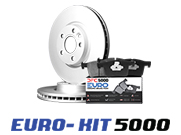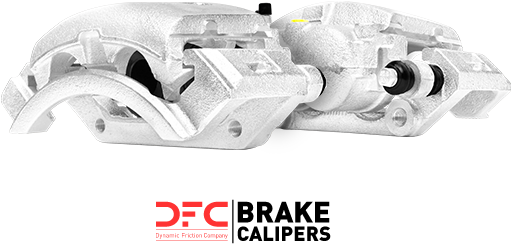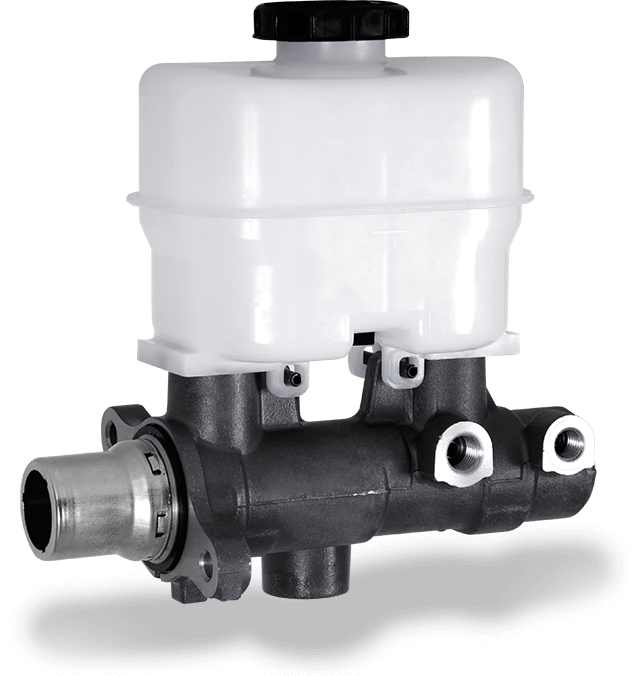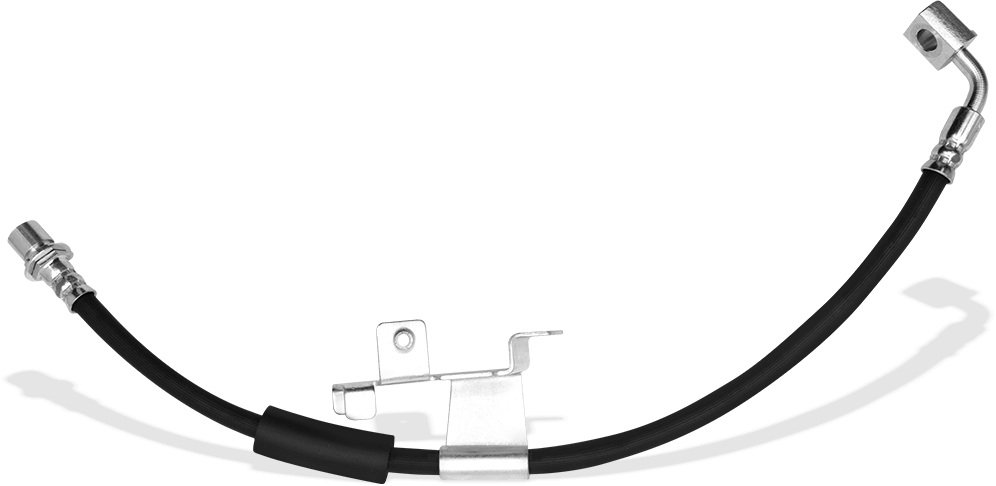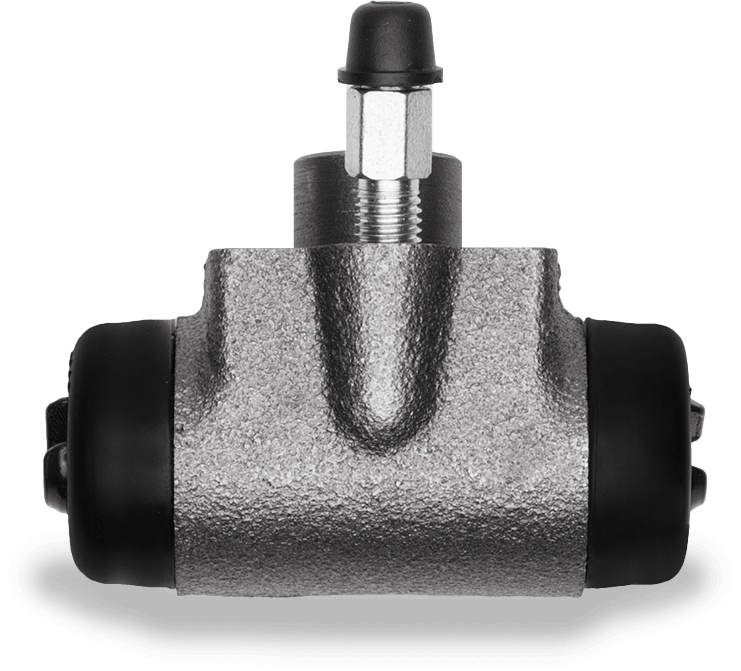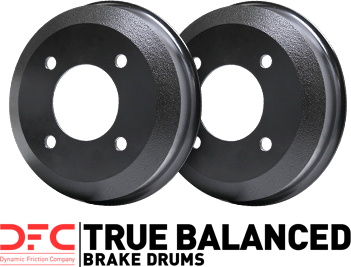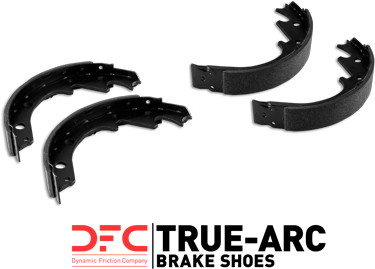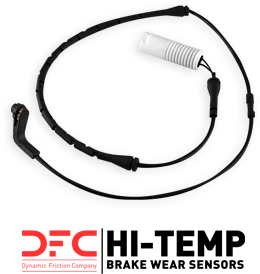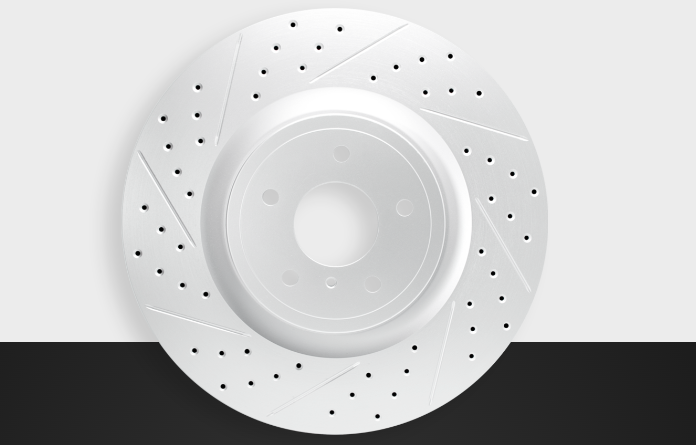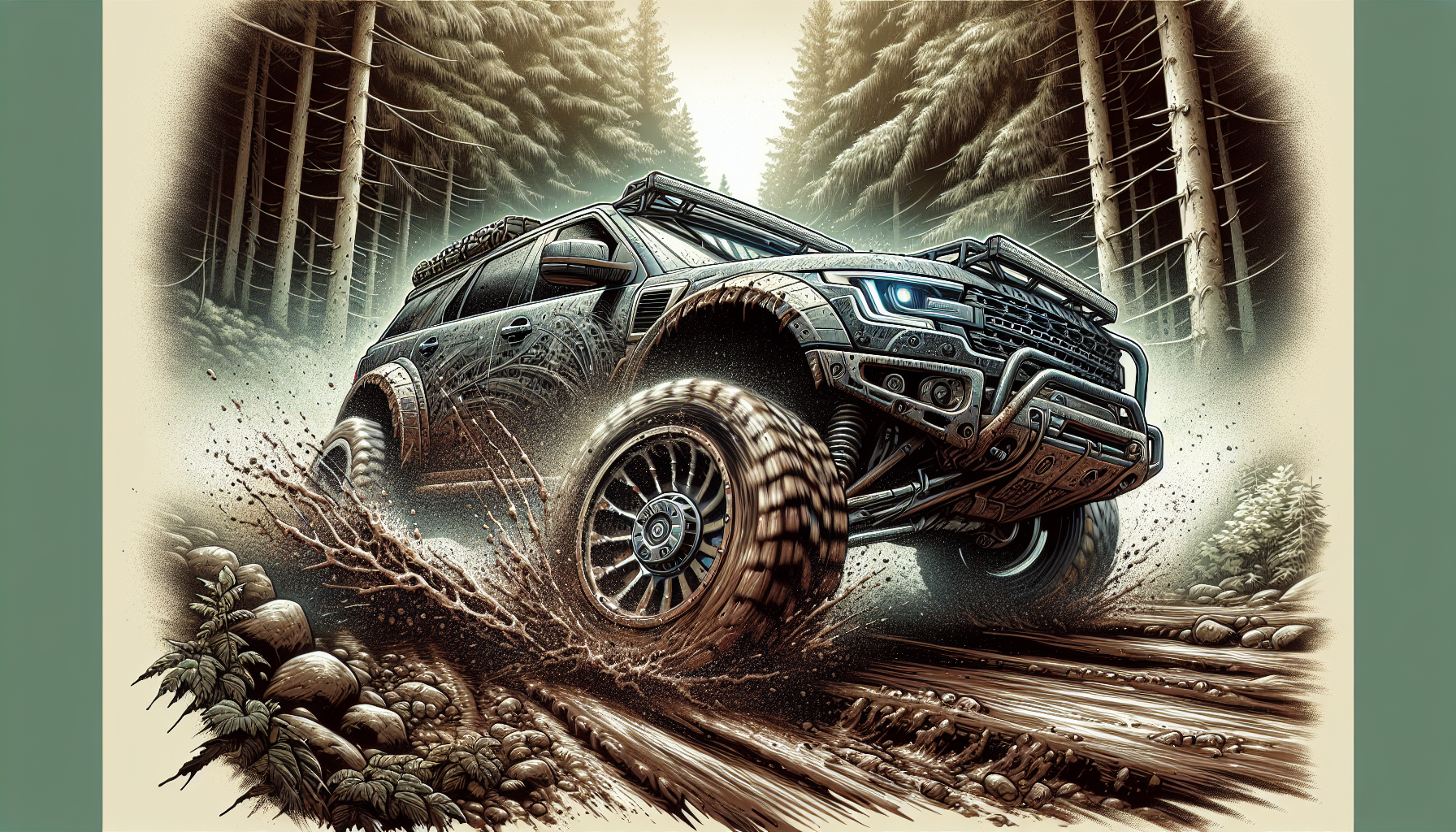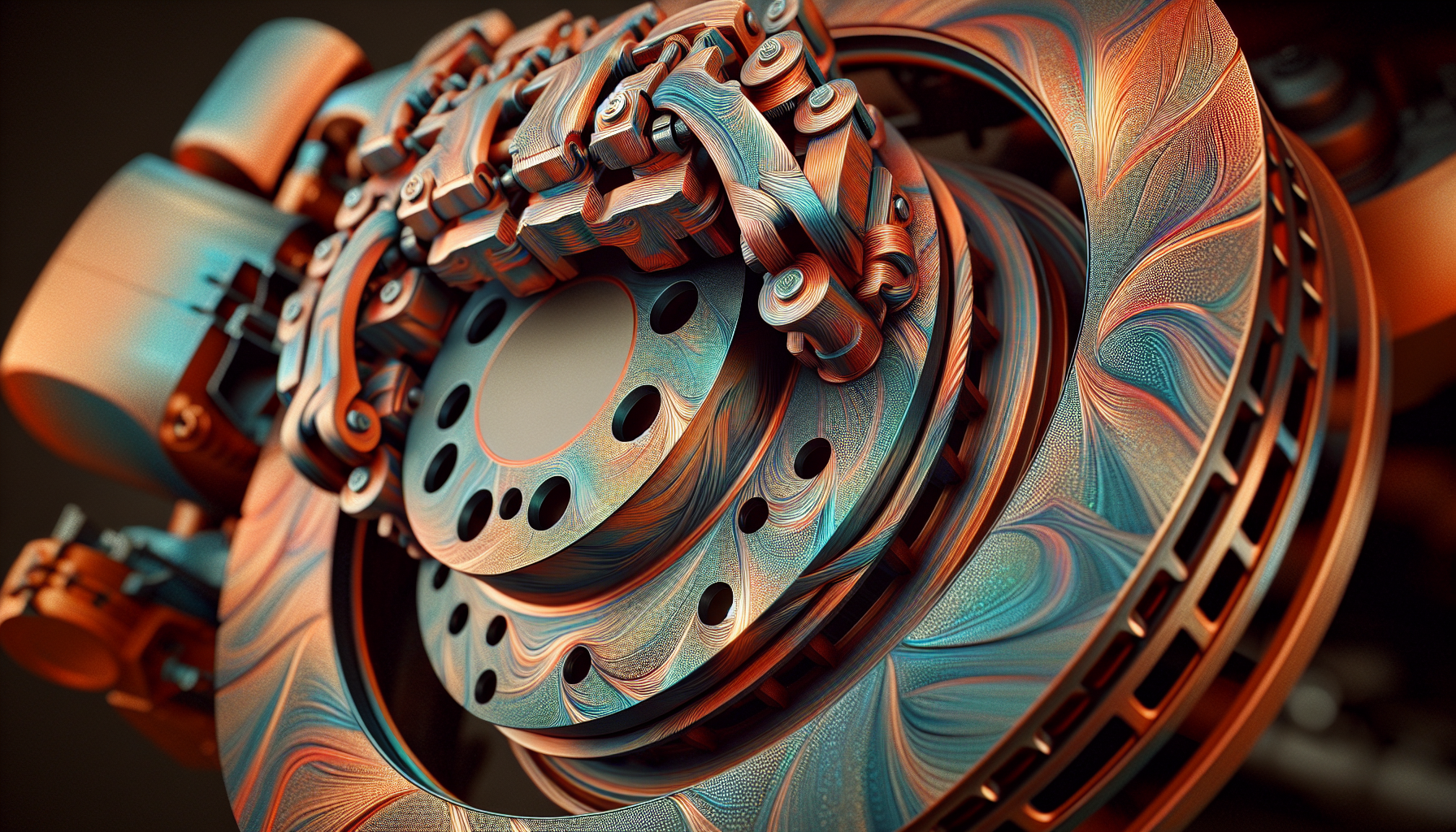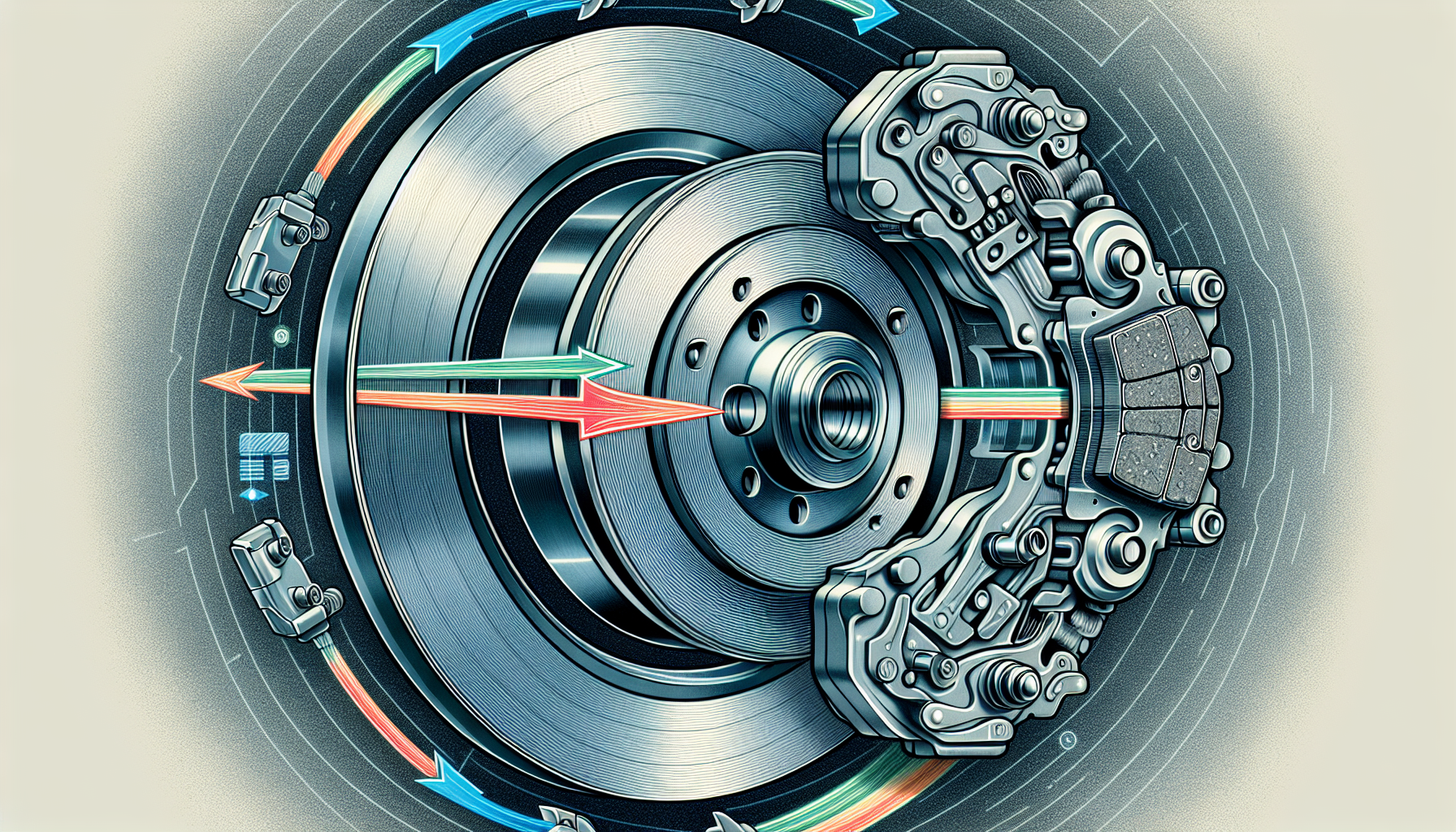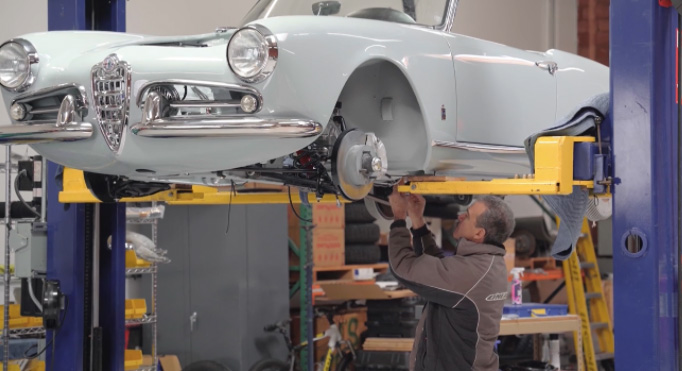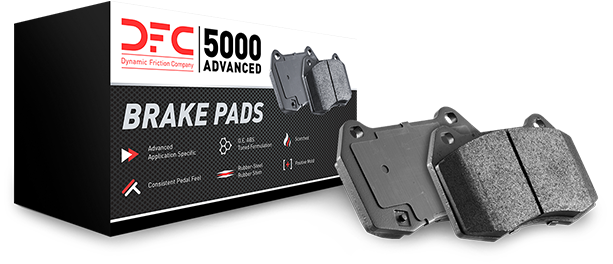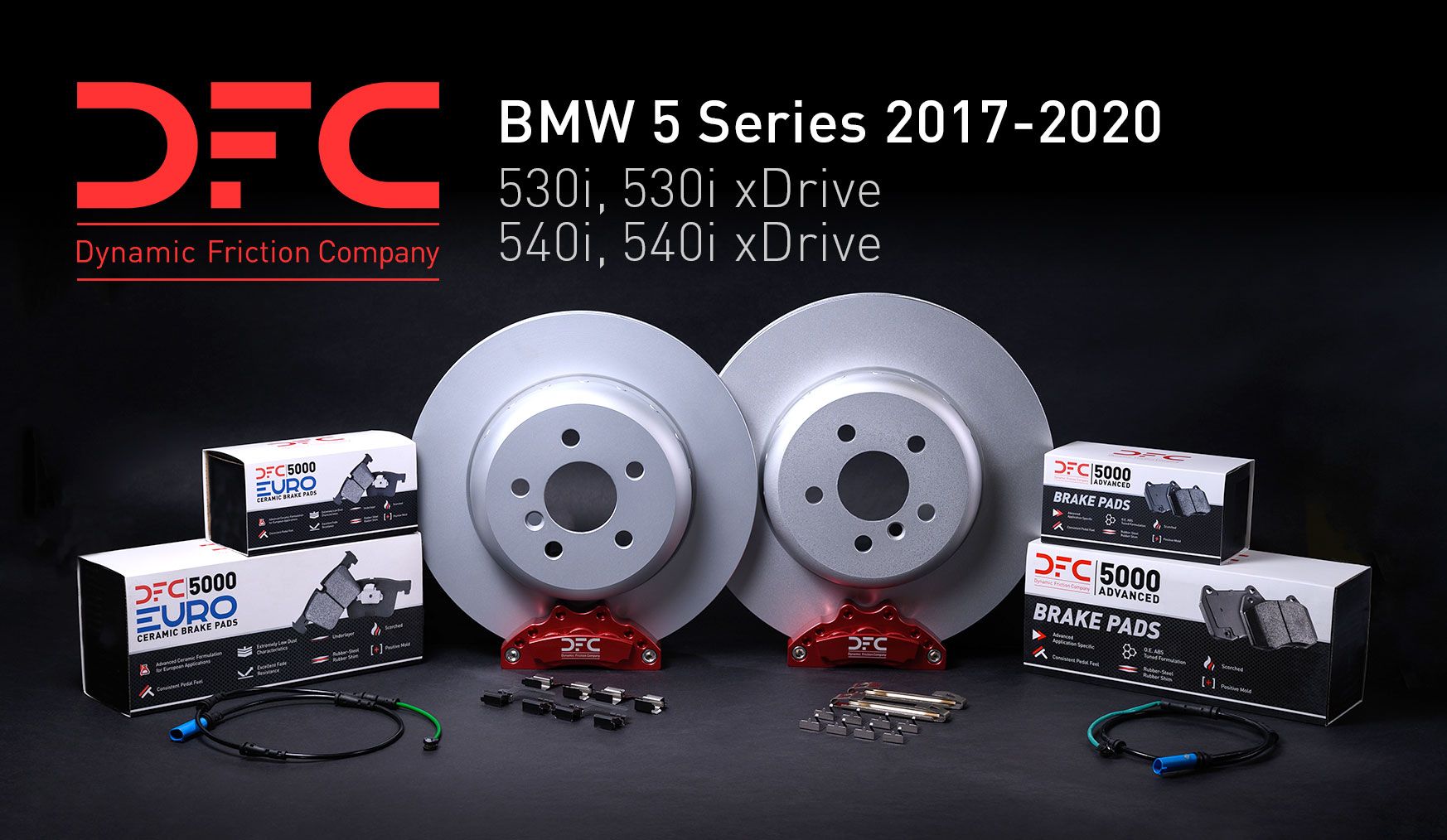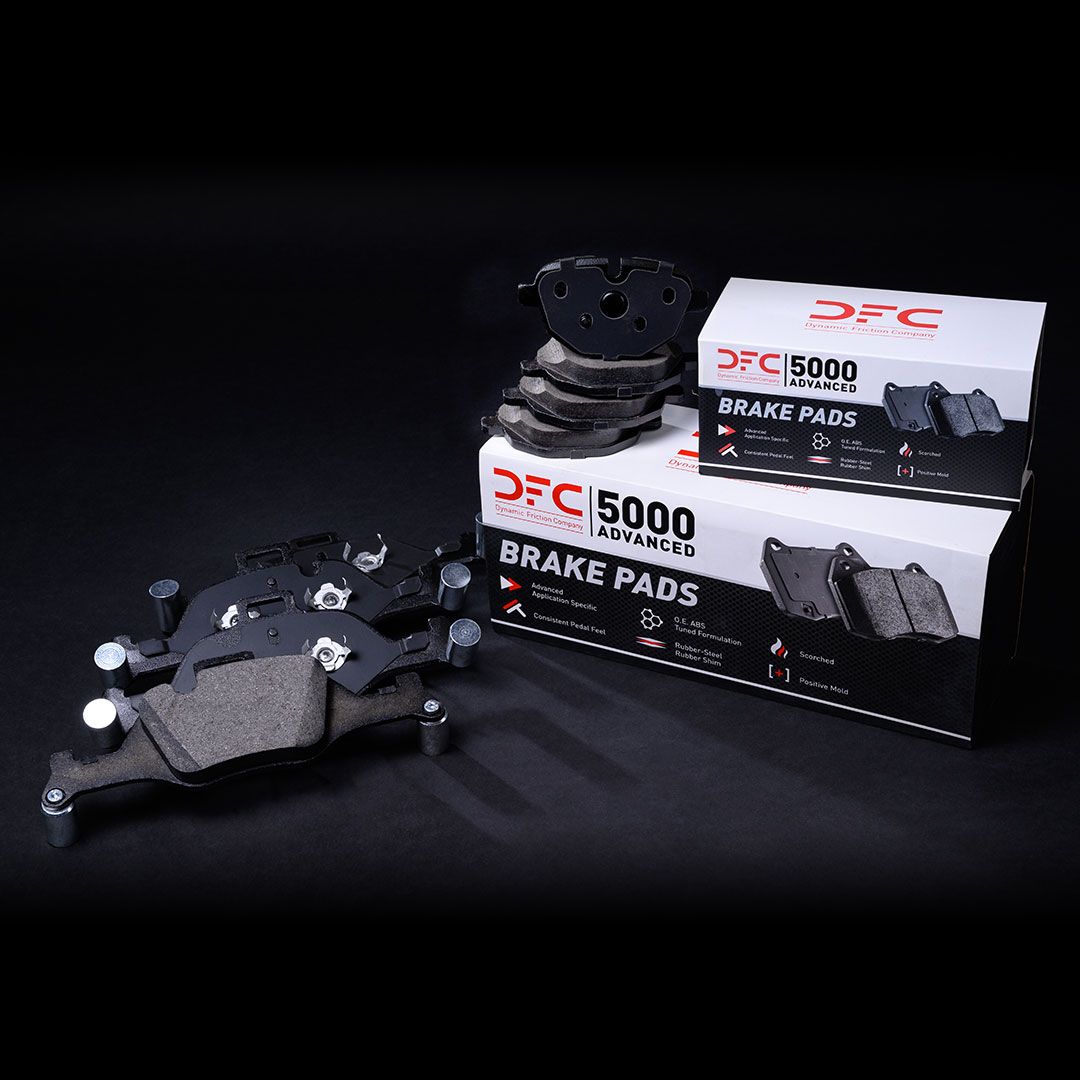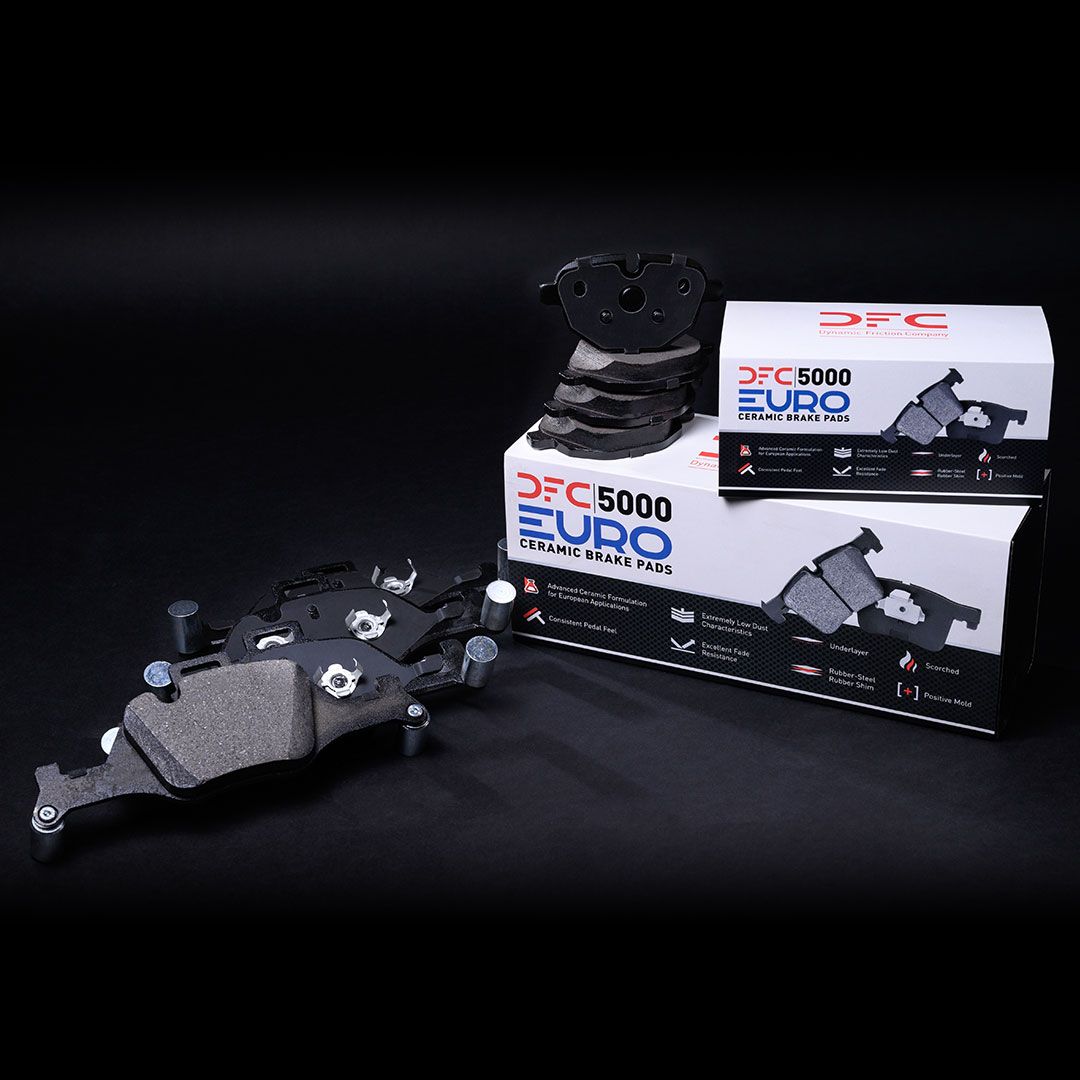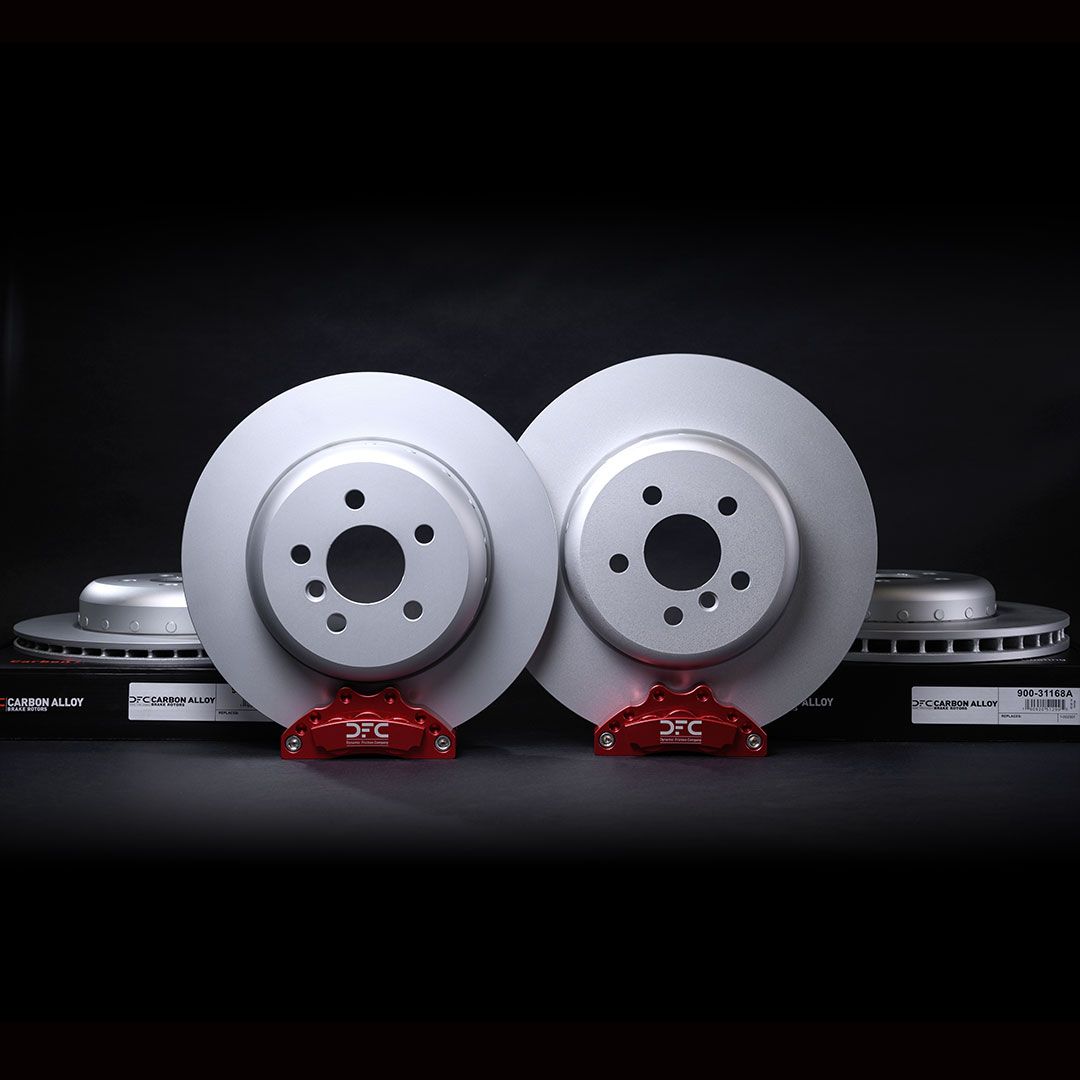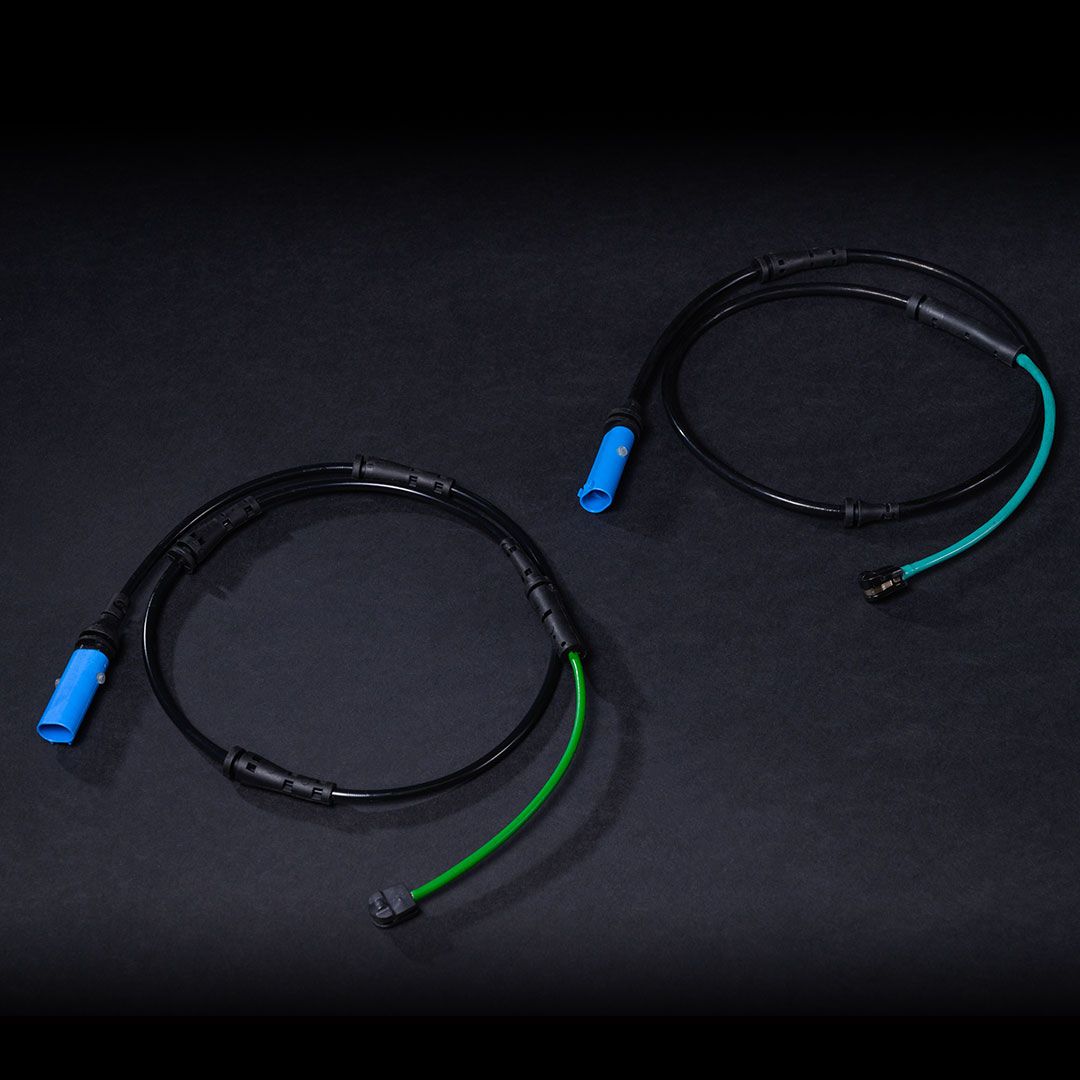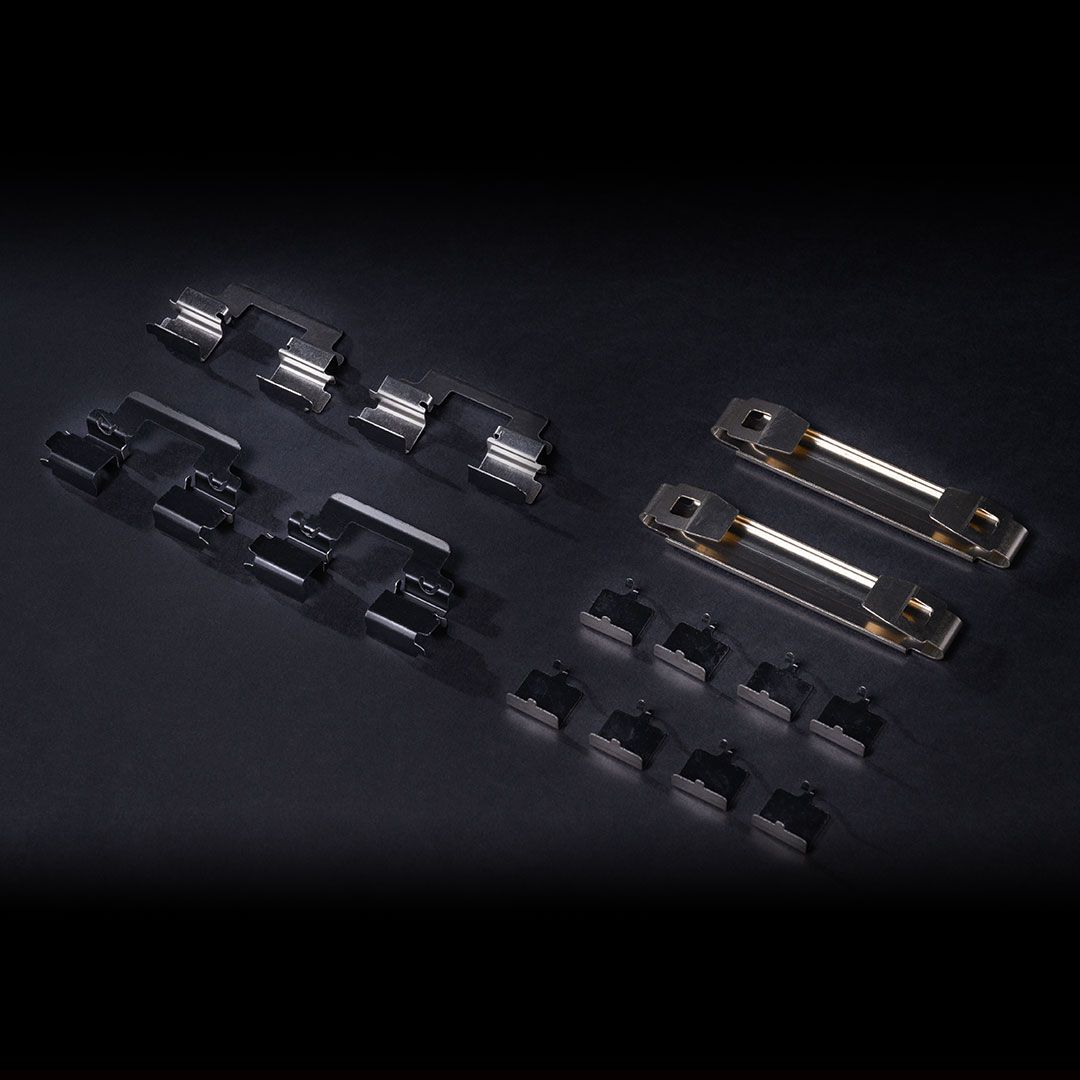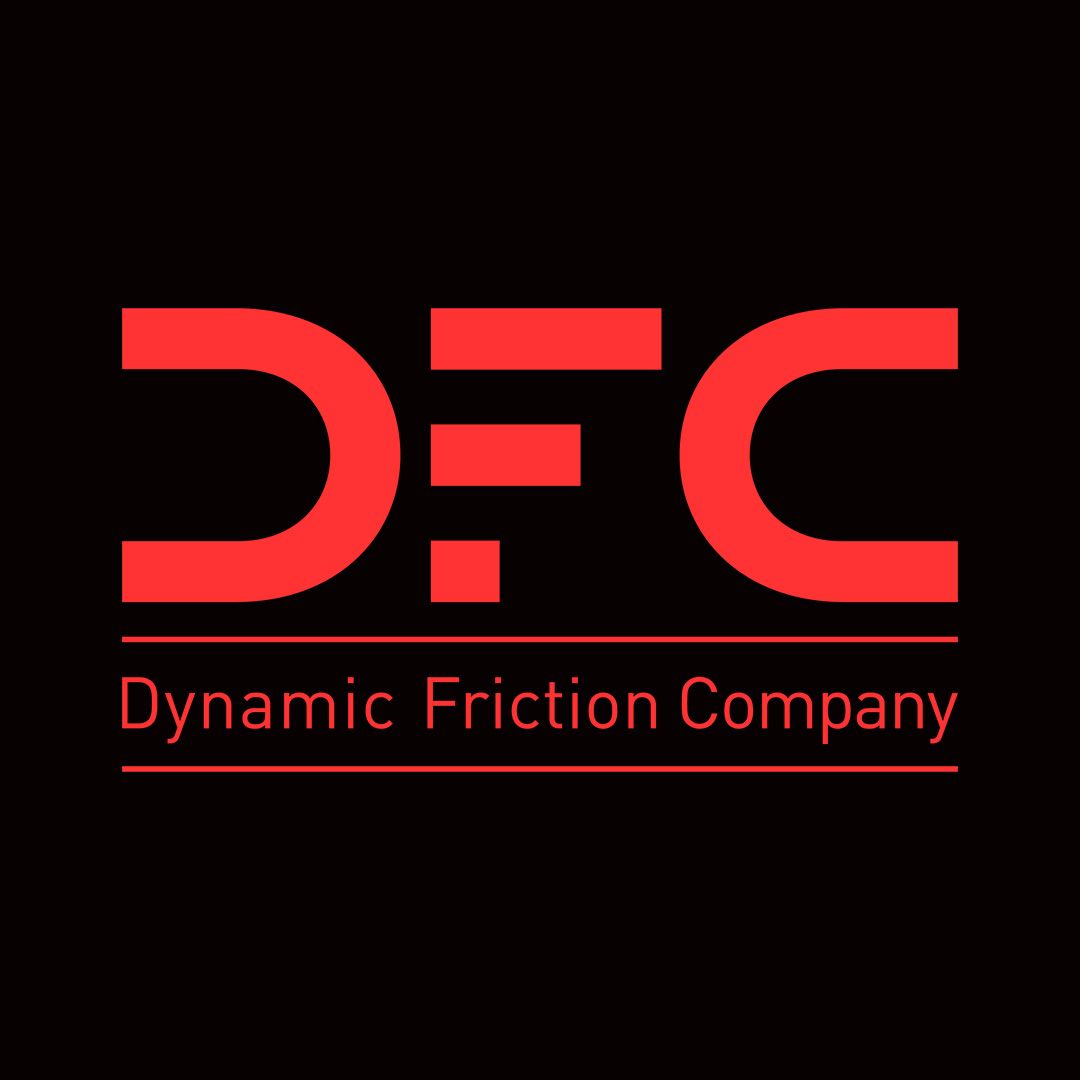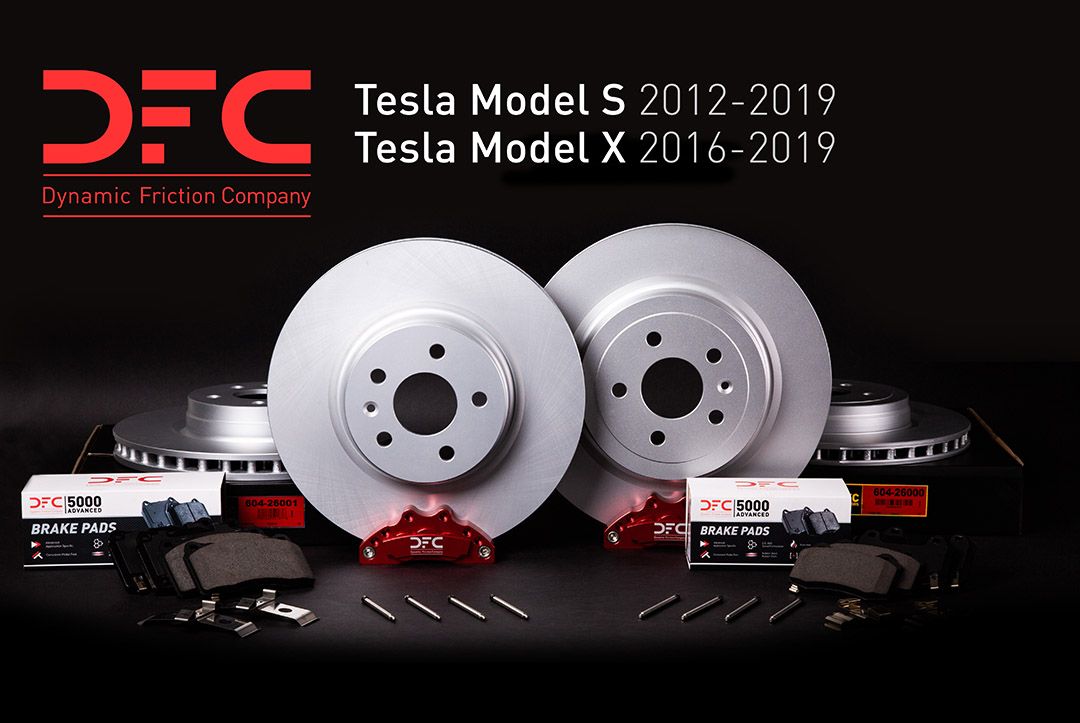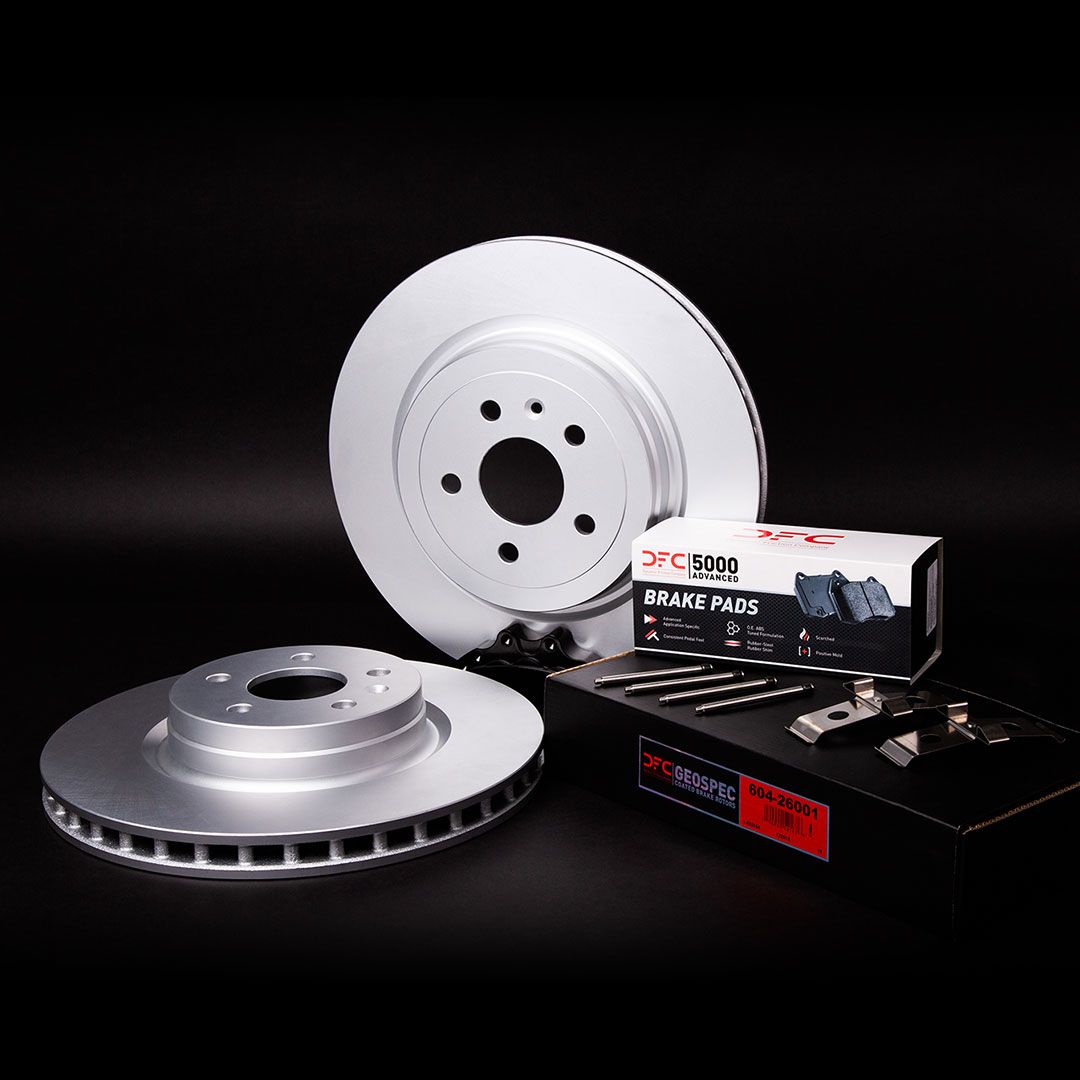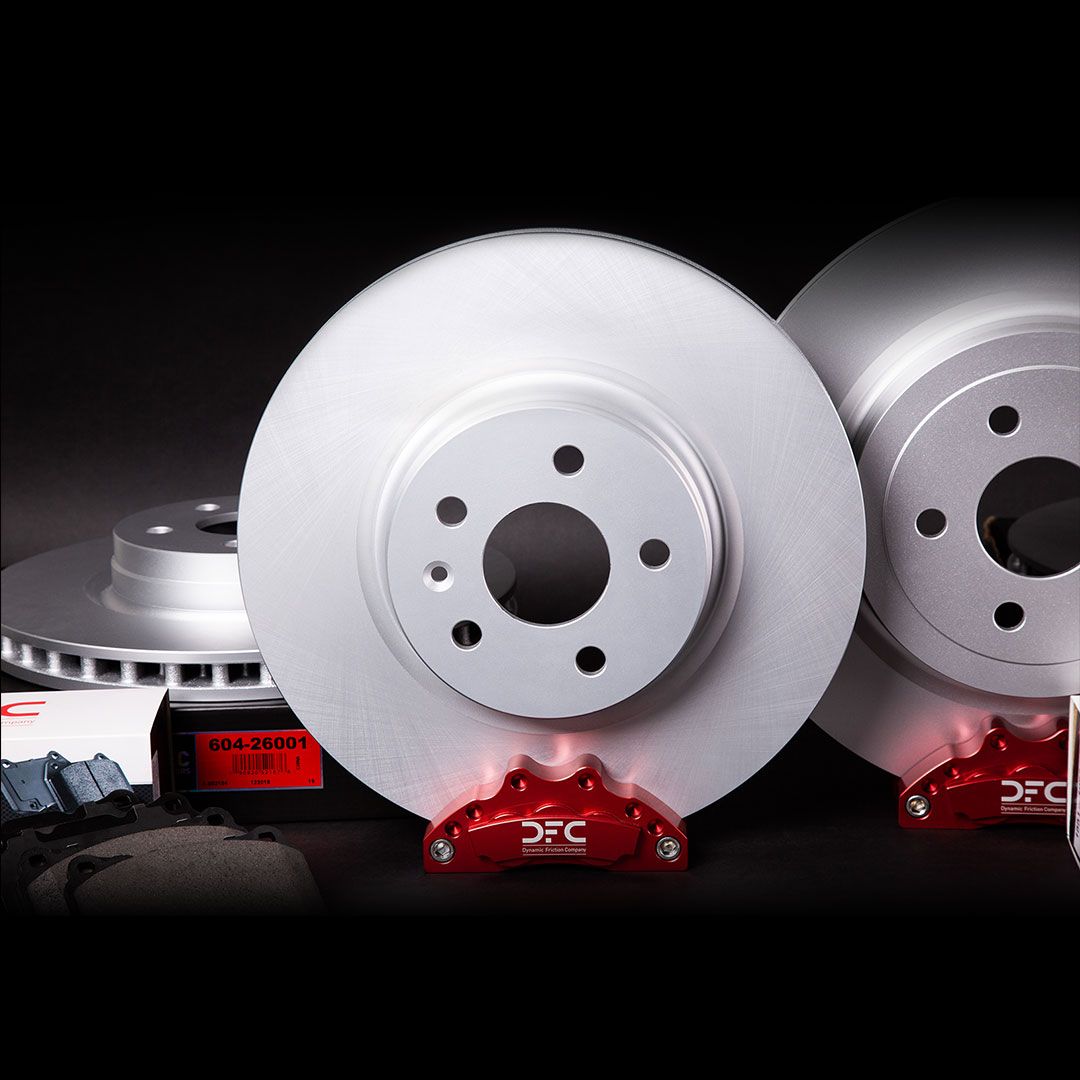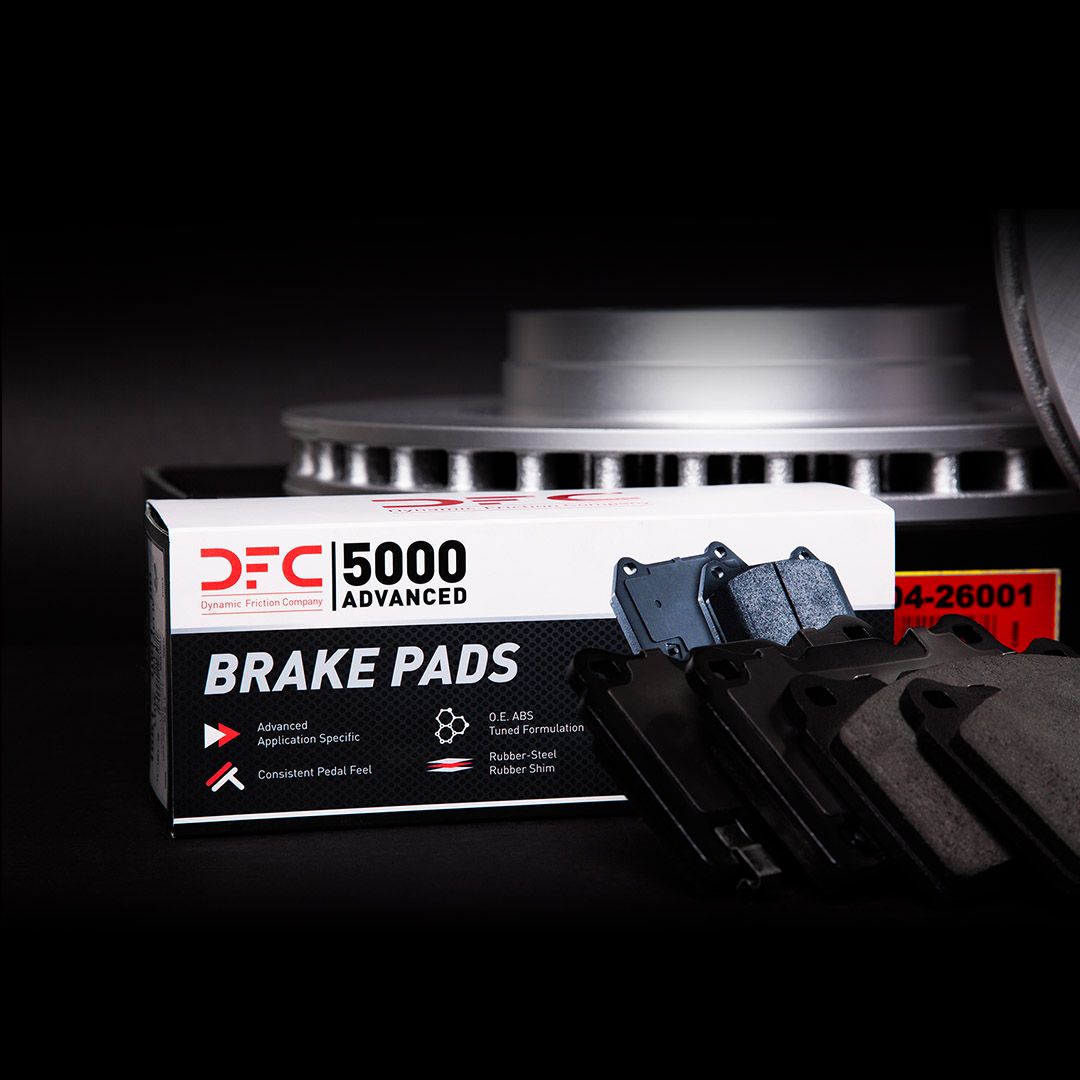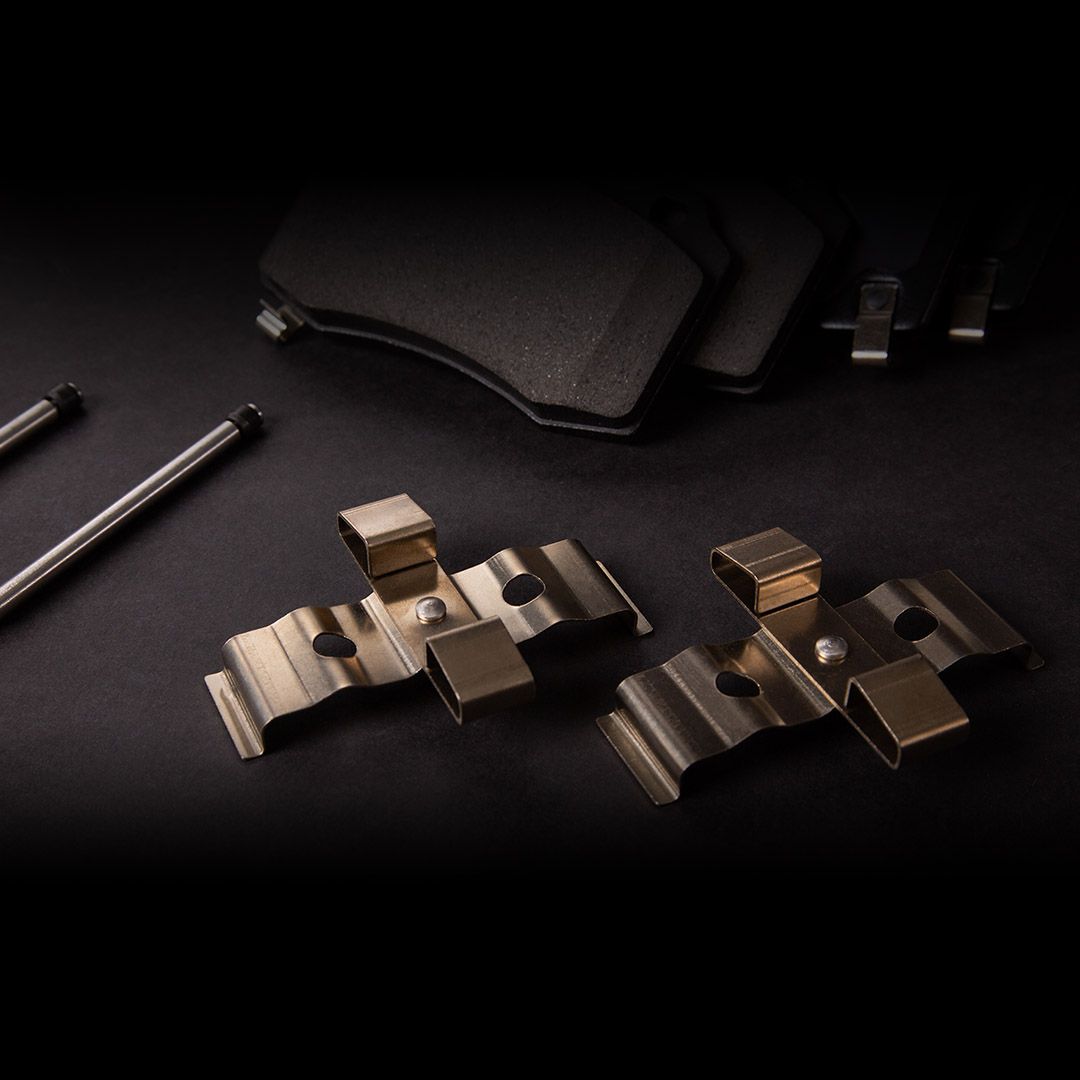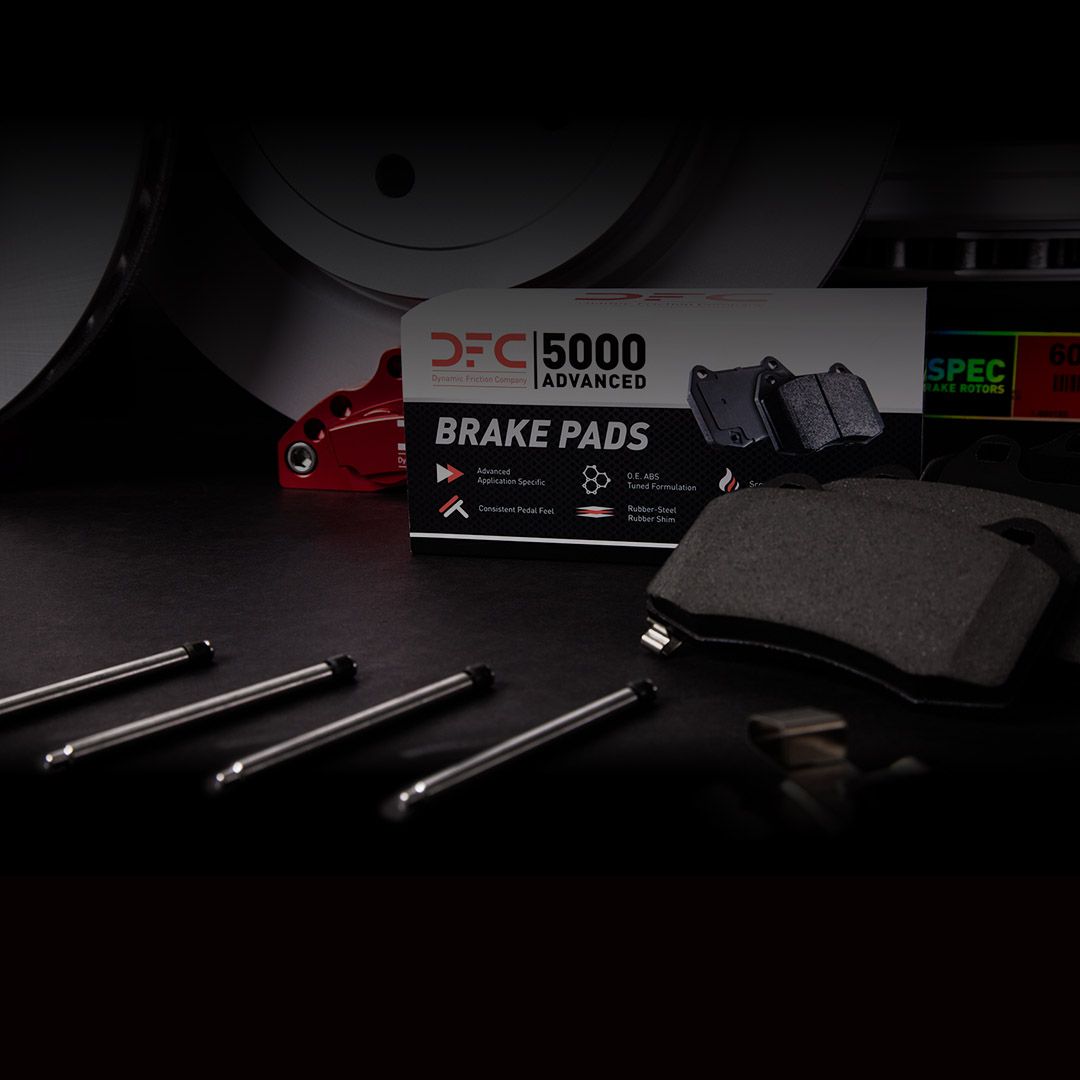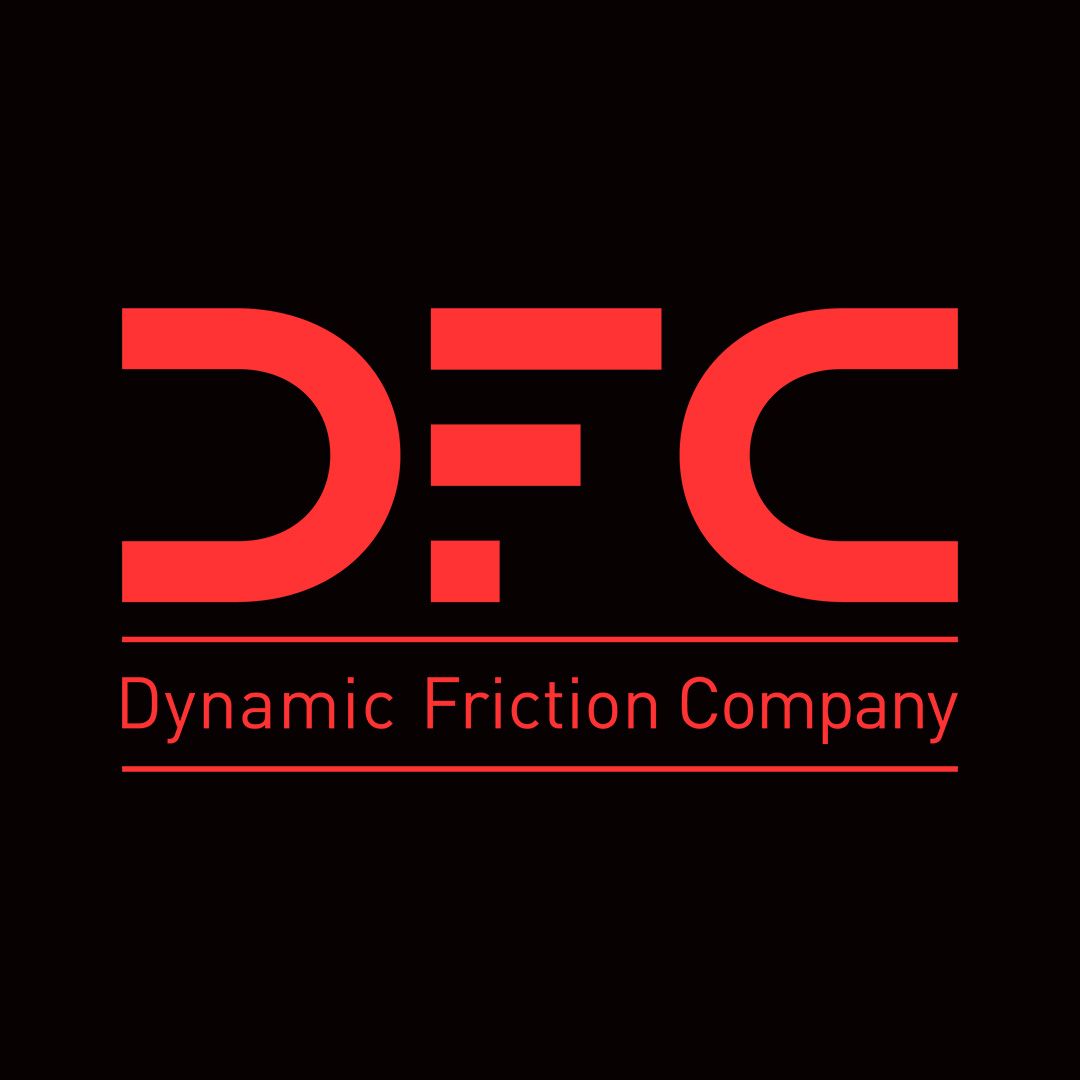When choosing the best brake rotors for daily driving, safety and dependability are paramount. Drivers want assurance that their selection provides optimal performance without unnecessary upgrades or excessive investment. This article cuts through the clutter, offering a straightforward evaluation of top brake rotor options designed for daily commutes, along with practical advice on what suits your specific driving style and vehicle needs.
Key Takeaways
- The ideal brake rotors for daily driving should match a vehicle’s size, weight, and handling characteristics, as well as the driver’s habits and typical driving conditions, with vented rotors being a good balance for most drivers.
- High-quality brake rotors and performance brake pads, like those from trusted brands such as Dynamic Friction offer better stopping power, heat dissipation, and longevity, despite a potentially higher cost.
- Proper maintenance of brake rotors, such as regular inspections, cleaning, and timely replacement, is essential for performance and safety, while understanding the myths and specifications is crucial for selecting the right rotors.
Choosing the Right Brake Rotors for Daily Driving
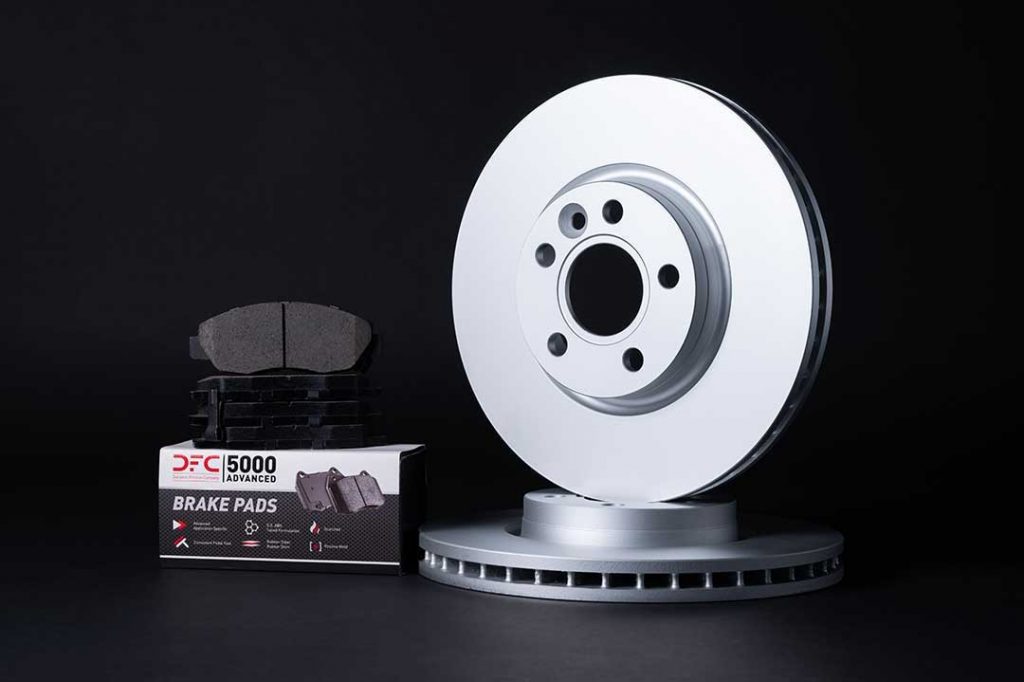
Brake rotors are just as vital for routine driving as the engine that powers your vehicle. They form the essential framework of your car’s braking system, and their performance is critical to ensure safety on the road. When choosing brake rotors for everyday use, you must consider factors such as the size and weight of your vehicle, your personal driving habits, and common conditions in which you drive.
It goes beyond mere stopping power. It involves aligning your automobile’s dynamic needs with brake rotors designed to effortlessly manage every curve, frequent stop-and-go situations, and sudden emergency responses.
Vehicle Type and Compatibility
When selecting brake rotors, it is crucial to ensure they are compatible with your car. Brake rotors come in various types and sizes. Each vehicle necessitates a disc specifically designed to suit its performance needs. Whether it’s the robust requirements of light trucks or the agility demanded by high-performance sports cars, every machine should be equipped with a rotor that aligns with its driving dynamics.
While cast iron rotors are commonly chosen for their longevity and affordability in standard vehicles, consider opting for composite steel alternatives as well. These provide enhanced durability against deformation under extreme conditions.
Driving Habits and Needs
The way you drive significantly influences your choice of brake rotors. If you’re a dynamic driver expecting enhanced performance from your vehicle’s brakes, or if heavy towing and hauling are common tasks for you, then selecting brake rotors that excel at shedding heat is crucial. Vented rotors stand out in this regard. They surpass solid rotors by maintaining cooler braking systems and minimizing fade.
On the other hand, drivers who do not push their vehicles to extreme limits will find that vented rotors offer an excellent compromise between sustained performance and longevity. These drivers don’t require the specialized capabilities of racing brakes yet can still appreciate reliable braking power under normal driving conditions.
Budget and Quality
Finally, let’s talk about the balance between budget and quality. While it might be tempting to cut corners on cost, remember that higher-quality brake discs typically translate into better performance and longevity.
Here are some reasons why investing in higher-quality brake discs is important.
- They will serve you longer and more reliably than those made from inconsistent scrap iron.
- They are less likely to warp or crack under extreme conditions.
- They provide better stopping power and shorter braking distances.
- They offer improved heat dissipation, reducing the risk of brake fade.
It’s a matter of investing in parts that won’t let you down when it matters most.
However, keep in mind that performance vehicles or those with larger brake systems may require a thicker wallet, as their performance demands often come with a higher price tag.
Slotted vs. Drilled Rotors: Which is Better for Daily Driving?

Each design comes with its own advantages and possible downsides that can influence your choice based on aspects such as heat dissipation and upkeep requirements. Comprehending these benefits will guide you toward a well-informed selection of the optimal brake discs to suit your routine driving demands.
Slotted Rotors
Slotted rotors offer a number of advantages, such as:
- The presence of grooves on the rotor surface that facilitate the removal of dust and gases.
- They contribute to lower temperatures in the rotor.
- They encourage uniform wear across brake pads.
- They prolong the lifespan of rotors.
- Particularly advantageous in damp conditions due to their ability to expel water which minimizes hydroplaning risks and reduces stopping distances.
Power Stop stands out for its trustworthy slotted rotors designed specifically for everyday drivers who seek steady braking power without needing the extravagant performance typical of racing brakes.
Drilled Rotors
Conversely, drilled rotors feature holes that penetrate their surface to enhance the dissipation of heat and bolster performance when driving in moist environments. Originally, these perforations were designed to resolve outgassing problems associated with earlier brake pad formulations, an issue which has diminished with the advent of modern braking materials.
Although drilled rotors contribute to a cleaner system and provide a stronger initial bite during braking, they are also prone to potential stress damage like micro-fractures due to recurrent heating and cooling phases.
Making a Decision
Deciding whether to opt for slotted or drilled rotors involves analyzing not only performance and visual appeal, but also considering the quality of materials, your driving style, and budgetary constraints. Bigger rotors may improve braking power, yet they come with their own set of trade-offs regarding weight and expense. It is important to weigh these elements as well as each rotor type’s advantages and disadvantages against the brand’s reputation when determining what aligns best with your habitual driving patterns.
For those who routinely drive standard vehicles, it’s worth acknowledging that plain or smooth brake rotors could provide sufficient braking efficiency for everyday travel without unnecessary complications.
Enhancing Your Brake System with Performance Pads
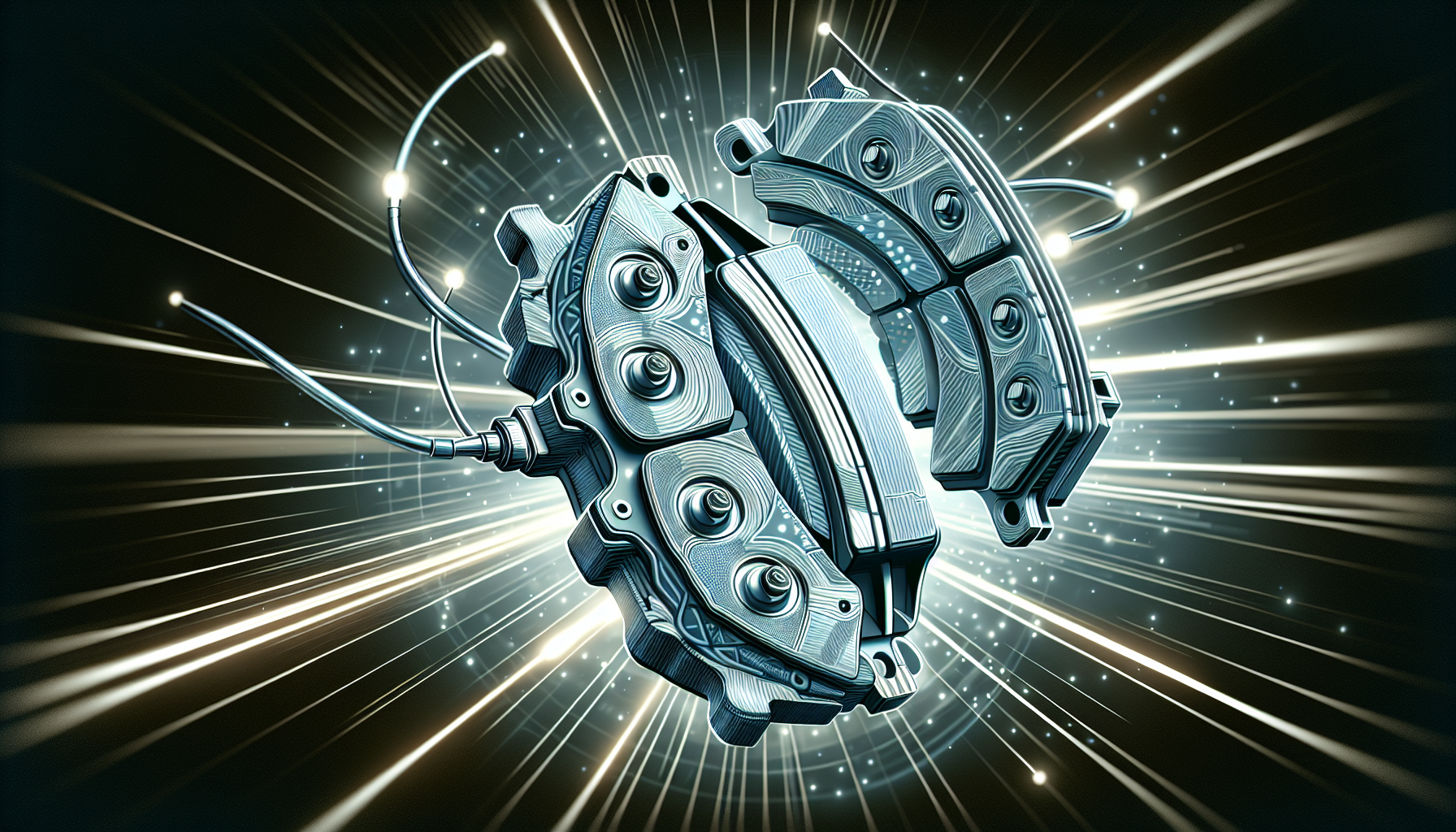
Enhancing your vehicle with performance brake pads can yield numerous advantages.
- Enhanced stopping power, which becomes more pronounced as the pads heat up
- An uplift in vehicular safety
- The confidence that comes from understanding your brakes are equipped to cope with augmented horsepower or torque
Allocating resources towards this aspect of vehicle maintenance is a worthwhile contribution to both its safety and your assurance.
Delving into the reasons why these performance pads could be pivotal for improving the effectiveness of your brake system reveals their potential impact on overall brake performance.
Types of Performance Pads
There is a wide array of choices tailored to suit various driving needs and styles. These range from semi-metallic compositions to ceramic ones. DFC provides a full range that includes everything from DFC 3000 Ceramic Series suited for everyday street driving to their Active Performance Brake Pads for track driving.
For instance, Dynamic Friction offers Active Performance brake pads which deliver consistent and powerful braking across an extensive temperature spectrum, rendering them perfect for situations involving aggressive driving or where brakes are subject to heavy use.
Benefits of Upgrading Your Brake Pads
Performance pads provide several advantages.
- They possess a greater coefficient of friction that yields improved stopping power and better management under severe conditions.
- These pads are made from superior materials that give them an extended service life compared to regular pads.
- Over time, they offer better value even though their upfront cost is higher.
These performance pads are engineered to produce enhanced pedal feel and modulation. This design ensures that drivers can apply brakes with certainty and exactitude during every journey.
Brake Rotor Maintenance and Care
The durability and performance of your brake rotors are greatly dependent on the level of maintenance they are given. Ensuring these components receive regular attention goes beyond merely having appropriate parts. It involves sustaining them in peak condition.
We will highlight how maintaining your brake rotor is crucial for both the safety it provides and its impact on the entire braking system’s effectiveness.
Regular Inspections
Regular inspections of your brake rotors are essential due to the impact that constant stopping, harsh driving practices, and adverse environmental elements can have. Early detection of wear is vital for maintaining peak performance of your rotors.
It’s recommended to conduct a detailed examination of your brake system approximately every 10,000 miles or coinciding with routine maintenance such as changing the brake pads and rotating tires. This is particularly important for drivers who tend to be aggressive in their use of brakes.
Cleaning and Debris Removal
Maintaining the cleanliness of your rotors by removing dirt and debris is crucial for ensuring their durability and performance. Regularly cleaning your wheels and brakes can help prevent the build-up of corrosive materials that could cause rusting. It’s important to note that while surface rust on rotors from moisture is normal, it gets cleared off by the brake pads during use—a well-kept rotor leads to better braking effectiveness.
Knowing When to Replace
The pivotal question: when should you swap out your vehicle’s brake rotors? Their durability is impacted by various elements, including the type of driving you do, what the rotor is made from and whether it matches well with the pad. When there’s substantial rust or obvious wear on them, that means it’s time to invest in a new set.
Upon deciding to replace these components, remember that it’s typical procedure to change both rotors on an axle at the same time. This prevents asymmetrical caliper activation during braking and guarantees smooth and consistent stopping performance for your car.
Common Myths and Misconceptions About Brake Rotors
Numerous myths and misconceptions about brake rotors are circulating, with some stemming from outdated knowledge, others being overly simplified, and yet more simply incorrect. There’s no need to worry—we’re on hand to clarify these misunderstandings and provide accurate information regarding common fallacies that have been misleading motorists.
Myth: Bigger Rotors are Always Better
The saying “bigger is better” isn’t universally true when it comes to brake rotors. While upsizing rotors can enhance braking performance by providing greater leverage, this modification demands extra space and may call for Alterations, as well as the need to pair them with appropriate calipers and pads. If you don’t properly upgrade the entire braking system to accommodate larger brake rotors, you might end up compromising on braking efficiency instead of improving it. It’s essential to contemplate all necessary modifications prior to increasing rotor size.
Myth: Cross-Drilled Rotors Provide Superior Cooling
It’s a common misconception that rotors with cross-drilled holes represent the ultimate solution for enhanced cooling. Originally, these drilled openings were intended to improve airflow and reduce heat, but they can actually cause disproportionate cooling, which increases the likelihood of rotor cracking.
By diminishing the surface area of the rotors, their ability to dissipate heat is potentially undermined. This casts doubt on whether or not cross drilling truly delivers a significant improvement in cooling performance as once believed.
Myth: All Brake Rotors are Created Equal
Contrary to the misconception, not all brake rotors are manufactured with equal quality. There is substantial variation in rotor quality stemming from their material composition and the production methods used. The specific makeup of a rotor influences key factors such as its durability, resistance to wear, acoustic attributes, and frictional behavior—elements that are vital for optimal braking performance. These distinctions should be given due consideration when shopping for new brake discs.
Summary
As we conclude our exploration of brake rotors, keep in mind that selecting the ideal elements for your vehicle extends beyond mere stopping ability. It’s about achieving an optimal balance among your driving habits, type of vehicle, and financial plan. Whether you choose drilled, slotted or plain rotors, combining them with superior brake pads and ensuring their consistent upkeep can lead to enhanced safety and a more controlled driving experience. Navigate with assurance as each choice regarding your brake system contributes to a more stable and dependable journey.
Frequently Asked Questions
What is the best brake material for daily driving?
Ceramic brake pads provide superior stopping power for everyday driving, while also being durable and producing minimal dust and noise, which makes them a perfect fit for the majority of driving conditions.
What’s the main difference between slotted and drilled rotors?
Slotted rotors are distinguished by their grooves that effectively eject gases and debris, in contrast to drilled rotors which feature holes designed to enhance heat dissipation and improve braking performance during wet conditions. The latter have an increased tendency to develop cracks over prolonged use.
Hence, selecting between slotted or drilled rotors should be based on individual driving requirements and the environmental circumstances one typically encounters.
Are performance brake pads worth the investment?
Indeed, investing in performance brake pads can be advantageous since they provide a superior friction coefficient and enhanced heat dispersion compared to regular pads. This leads to augmented stopping power as well as an elevated level of braking responsiveness while also extending the life span of the pads.

 UNITED STATES
UNITED STATES